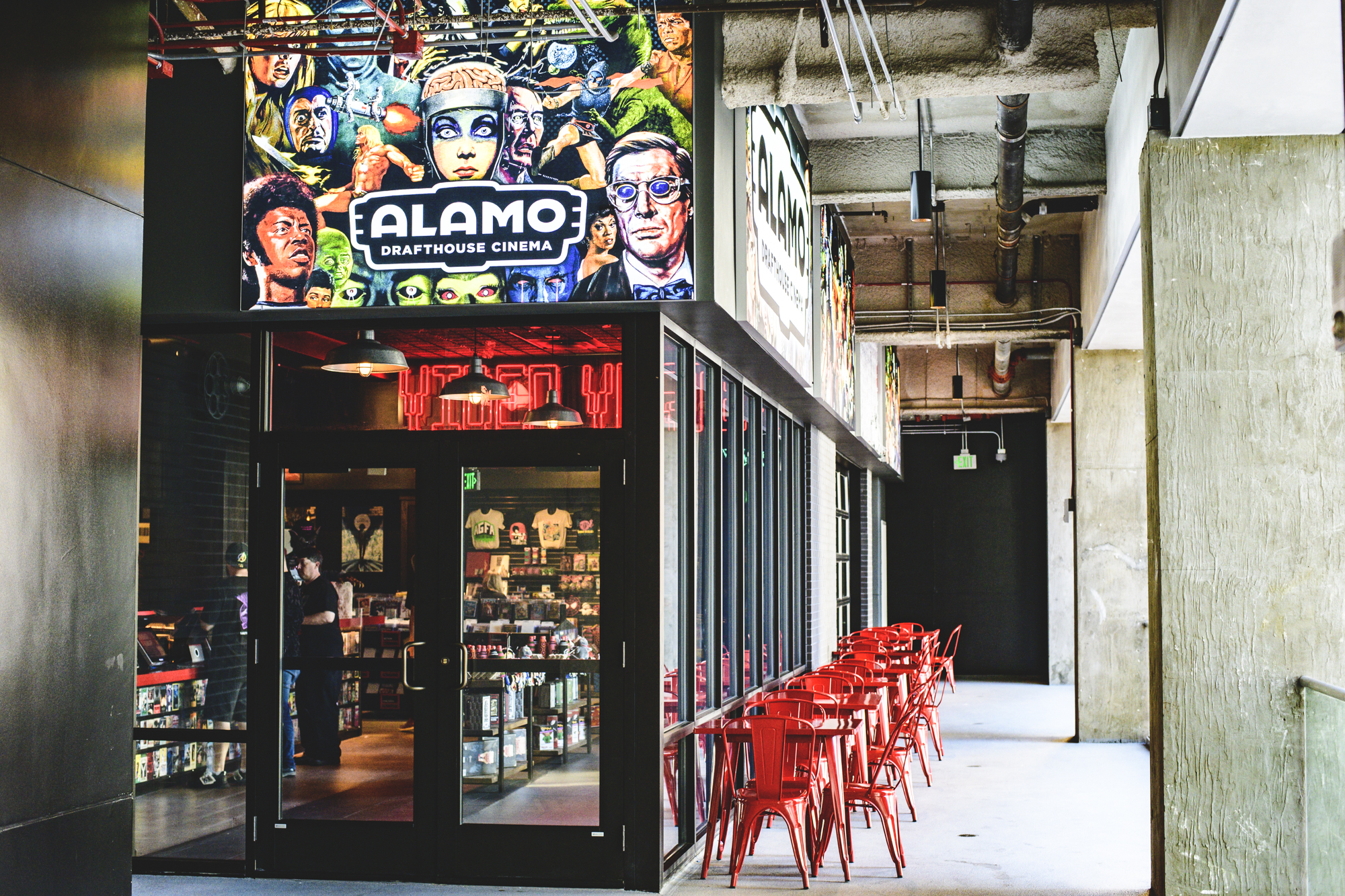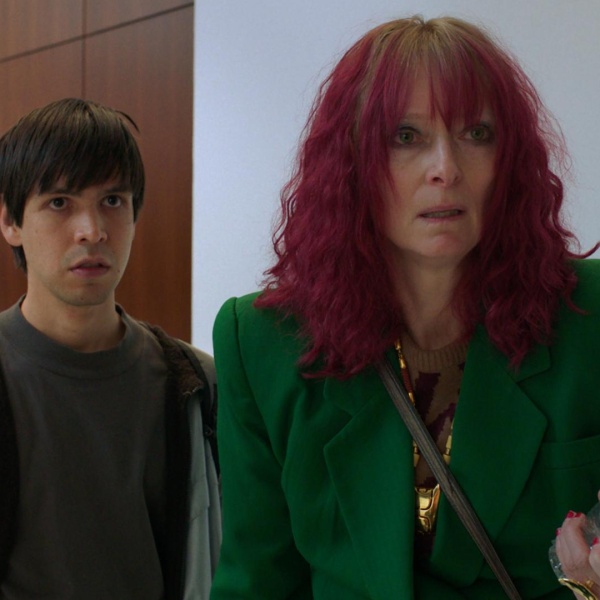The Sony Pictures Entertainment acquisition of Austin, Texas-based Alamo Drafthouse Cinema and its 35 U.S. locations counts among the few real industry surprises. Days later, the industry is still surprised: There must be a strategy, but damned if anyone can be sure what it is.
The Alamo reputation lies in its niche exhibition experience that combines studio programming with distinctive specialized offerings, all packaged with dining and drinking. Its theaters gross somewhere between $125 million-$150 million annually in box office. (Concessions revenue is unknown.) That represents a little more than 1.5 percent of total U.S./Canada gross, which makes it the #7 exhibitor.
It’s a small company, which minimizes risk for Sony. Alamo provides a footprint in most key markets (New York, Los Angeles, Chicago, San Francisco, Boston, DC, with Austin rising in importance). It doesn’t make Sony a significant player in exhibition.
It isn’t groundbreaking. Starting in the mid-1980s, Paramount, Warner Bros., Columbia/Sony, and Universal all spent time in partial ownership of major exhibitors. Currently, the only other majors with theater investments are Netflix (New York and LA) and Disney (the El Capitan on Hollywood Blvd.).
Sony’s announcement of the deal noted that it would live under a new division, Sony Pictures Experience, which will reflect the studio’s commitment to “experiential entertainment.” What that entails remains to be seen, as well as how Alamo Drafthouse fits in, but this doesn’t look like a standard change of ownership.
With that in mind, here’s a rundown of possible Sony incentives. Many could play a smaller role in the studio’s logic, but we’ve placed out biggest bet on one in particular.

Help out Crunchyroll?
Sony’s press release highlighted its Anime outlet, Crunchyroll, as aligning with Alamo’s audience. While at the Annecy Animation festival last month, Crunchyroll senior VP of global commerce Mitchel Berger told Deadline that he anticipates massive growth. “When you look at the addressable anime market, there’s probably 800 million anime fans globally,” he said.
However, Crunchyroll domestic grosses have been sliding since the label’s 2021 debut. (Latest release “Haikyuu!!” is a hit in Japan and China, however.) It’s possible that Alamo could provide a showcase for Crunchyroll titles, but they’re already wide releases. Sony doesn’t need Alamo Drafthouse to craft platform runs.
Elevate Sony’s theater tech?
Sony’s 1989 purchase of Loews Theaters paralleled the development of Sony Dynamic Digital Sound. SDDS, boosted by its placement in top-tier Loews theaters, proved to be a hit. The studio-owned Loews also pushed Sony Interactive, which involved big-screen game playing and short films that allowed audiences to vote on the ending; this elicited little interest.
However, we spoke to sources who suggest that Sony isn’t pushing theatrical technology at the moment. Furthermore, Alamo screens have fewer-than-average seats and the premium experience hasn’t been central to its brand.
Testing before buying a major chain?
Whatever Alamo might have cost, it also demands ongoing investment and operating expenses — downsides at a time of studio economizing. And there’s good reason why few studios buy theaters: Prior experiences were not positive. The exhibition business is not in a good place and the infrastructure is tricky to repurpose.
Like all studios, Sony has a vested interest in theater survival. There are better ways to represent that fidelity.

Best guess? A lab to test out innovative theater ideas
Sony Motion Pictures Group chairman Tom Rothman has been outspoken about the need for theaters to innovate and improve. Earlier this year Sony opened Wonderverse, an “experiential entertainment” space in suburban Chicago that offers dining, drinking, games, and concerts along with Sony movies and TV shows. (Coincidentally, Netflix just announced the 2025 launch of Netflix House, immersive venues in Dallas, Texas and King of Prussia, Pennsylvania that tie into the streamer’s offerings). This fall, Sony will kick off a “Wheel of Fortune Live” tour that celebrates the game show. While there’s not a lot of apparent symmetry between Alamo and Vanna White, Sony could use Alamo theaters to test similar events.
In Rothman’s theatrical activism, he’s been outspoken about two aspects of exhibition that contradict current Alamo policy. In a Deadline interview last month, Rothman advocated for lower ticket prices; Alamo tickets tend to run at the high end. He also wants theaters to encourage patronage of younger viewers, particularly those looking for dating entertainment. Alamo, which serves alcohol, forbids entry to anyone under 18 without an adult.
However, Rothman now has nearly three dozen theaters to play with.





